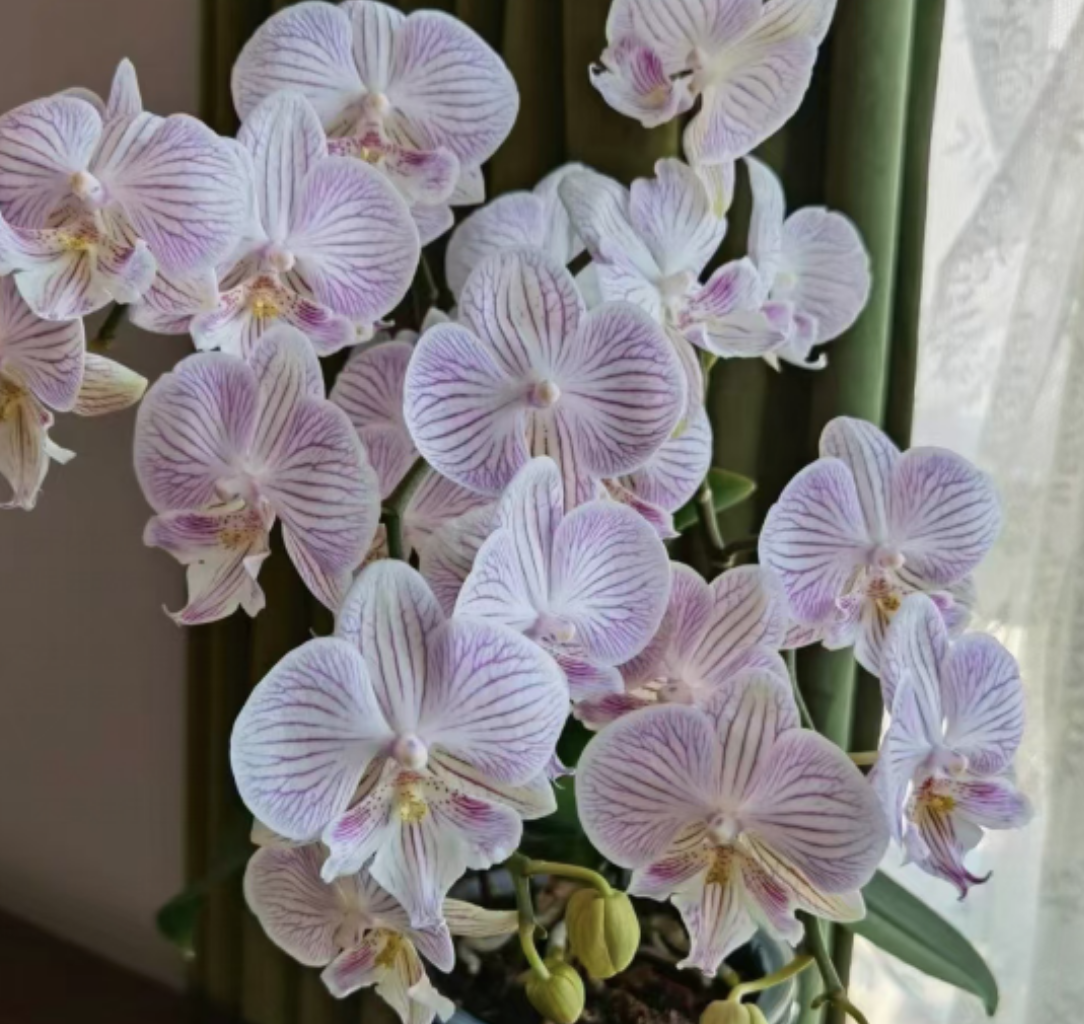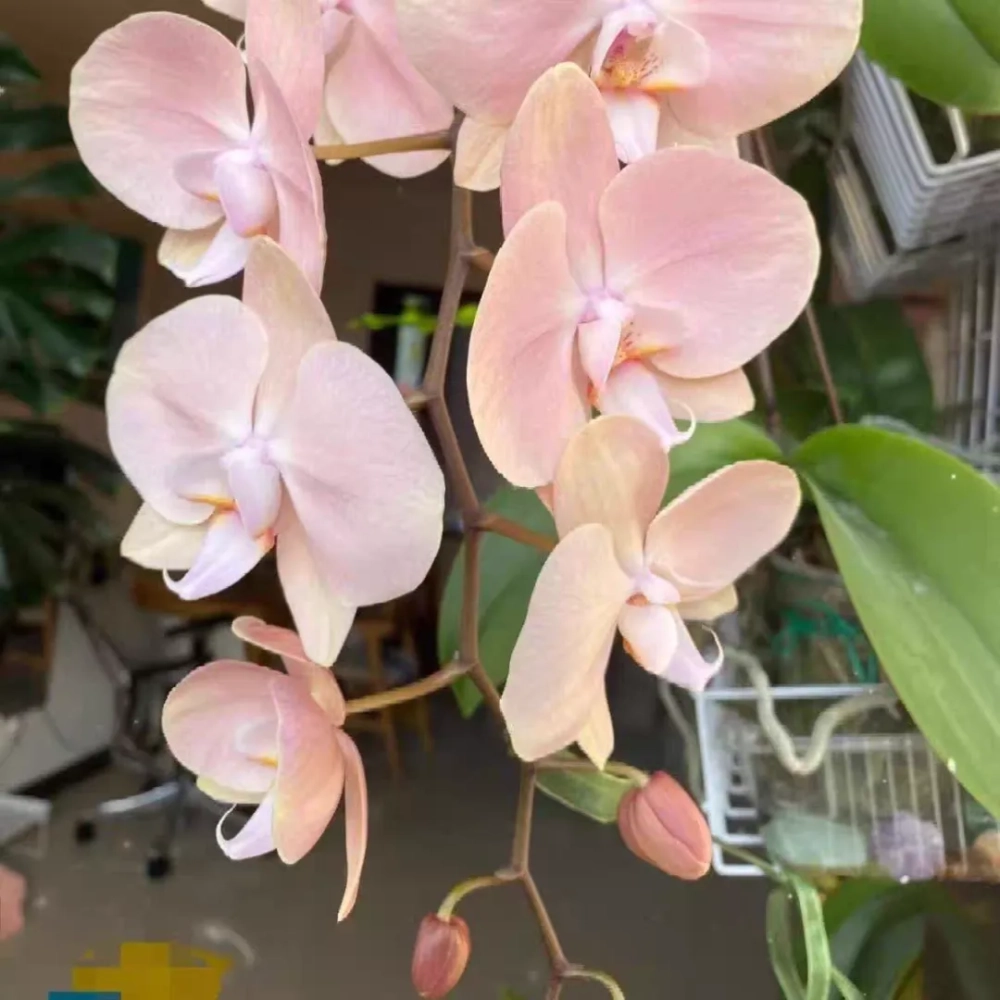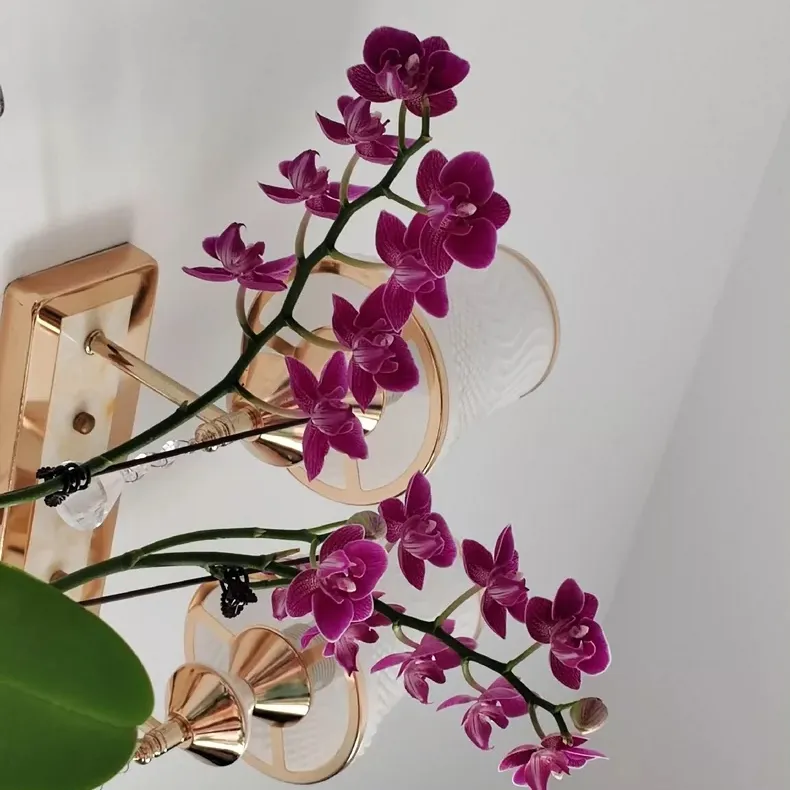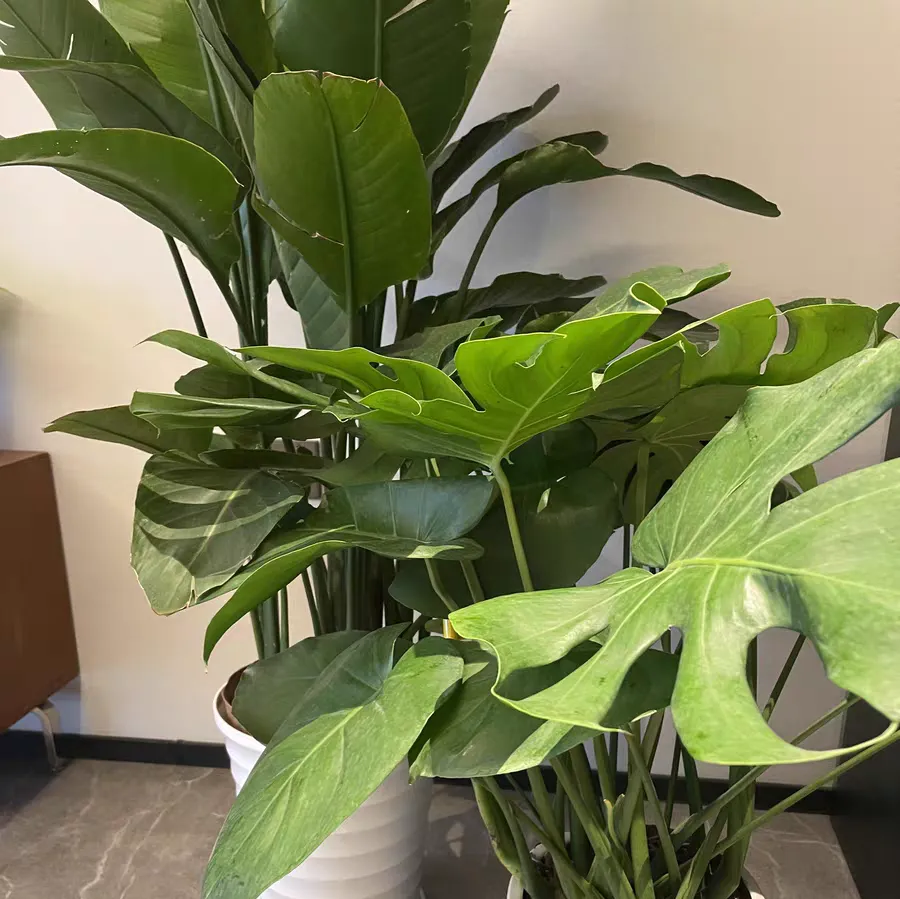As we all know, it requires patience to grow flowers well, and Phalaenopsis needs even more careful care. However, a common question often arises during the daily cultivation of Phalaenopsis: does it need additional fertilization when it is in the blooming state?
Generally speaking, when Phalaenopsis has successfully bloomed, no additional fertilization is required because the principle that it can bloom is that it has already had enough fertilizers for blooming. If you fertilize it as usual at this time, it may have a negative impact on the growth and blooming of the plant instead. Although orchids need an appropriate amount of fertilization to promote growth during their growth period, it does not mean that fertilization is omnipotent.
When analyzing the reasons in detail, first of all, during the blooming period of Phalaenopsis, the nutrients have been supplied to the flowers, and it is no longer in a state where more nutrients are required for blooming. Therefore, even if the flower growers fertilize at this time, the plant itself will not absorb the nutrients anymore. The remaining nutrients will be absorbed by the soil and accumulate at the bottom, which will finally easily lead to root diseases, such as the common root rot.
Secondly, even if the flowers are willing to absorb the fertilizers after fertilization, the flowers will eventually become abnormally large, making the viewers feel that the whole flower shape is abrupt. If it really develops to such a state that the original shape and beauty are lost, it is really a pity for the elegant flower posture and unique flower color. Therefore, it is recommended not to apply excessive fertilization during the blooming period of Phalaenopsis to maintain its original flower posture and beauty.
Finally, it should be noted that in addition to not being good to fertilize after Phalaenopsis blooms, even during the non - blooming period, fertilization should be carried out carefully according to the situation. Because excessive use of fertilizers will make the plant lose its ecological balance and thus prone to root loss and other situations. Therefore, it is recommended that when maintaining Phalaenopsis, one should learn to have a degree of relaxation and reasonably control the amount of fertilization to ensure the healthy growth and blooming of the plant. In short, when Phalaenopsis is blooming, fertilization should never be carried out, and excessive fertilization may lead to bacterial infection of the root system.
Under what circumstances should Phalaenopsis not be fertilized?

Share with
Tagged in :




Leave a Reply